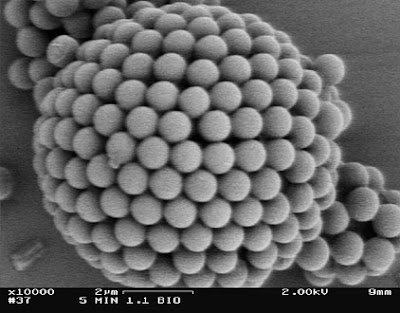
When most of us search for samples in a TV, movie, or radio recording, we tend to listen for the 'broad strokes' - the big, obvious sounds. This is all well and good, but if you do the opposite and listen for the little, incidental sounds in between the obvious ones, you might be surprised at what you find. A cough, the squeak of a wooden floor, breathing, fans and air conditioners, the ambient hum of a city. All of these can be great sources of unusual sounds if you take the time to look for them.
For instance, I just finished up a new song tonight in which I used the rustling of my lyric sheet and a breath from in between the actual singing on the track before I edited it out and used it as a sort of odd, rhythmic loop that fit perfectly in the intro of the track. What's great about stuff like this is that when it is removed from its context, visual or otherwise, it becomes difficult to tell what the source sound was... it just sounds like a great, weird, organic sound.
Of course, you don't need to use the sounds as is. Use them as a starting point and try playing them out of their natural range or hitting it with a big ol' dose of time stretching. EQ it unnaturally, filter it, distort it, reverse it. Treat your samples like the oscillators on a synth... just the starting point for you to sculpt something unusual out of.




















7 comments:
Yes, yes, 100% ! That's the spirit!
Just the other week I was jamming on my Korg K3 with the sound of my finger hitting the 1/4" Jack in. You know that 60hz hum? Yah, that one.
The world is full of sound samples... You are right, Tom. I remember now a quote from Modulations documentary: "There is no silence..." Because the world "Lives".
So what equipment or software are you using to manipulate your samples in. And what is the best way to record or capture that sample; Like in a movie, or a tv show. How do you isolate that specific sound? Sorry got sorta like 20 questions there.
Mostly I manipulate sounds building effects chains in Logic, but I also use the tools in Kontakt and Reaktor.
As for how to capture the sounds, I use Audio Hijack to get the sound and edit things in Apple Soundtrack Pro 2.
http://waveformless.blogspot.com/2008/06/how-to-sample-off-dvds-or-internet.html
Thank you for the link, that is a GREAT tutorial.
hello... hapi blogging... have a nice day! just visiting here....
That what I love about your songs and the other stuff I listen to. First few passes, you just enjoy the whole thing. Then as I listen to it more, I start dissecting it aurally, listening to the tiny cues and bits that get absorbed into the whole, observing how this instance of the chorus slightly changes the hi-hat rhythm, etc.
JMP
Post a Comment